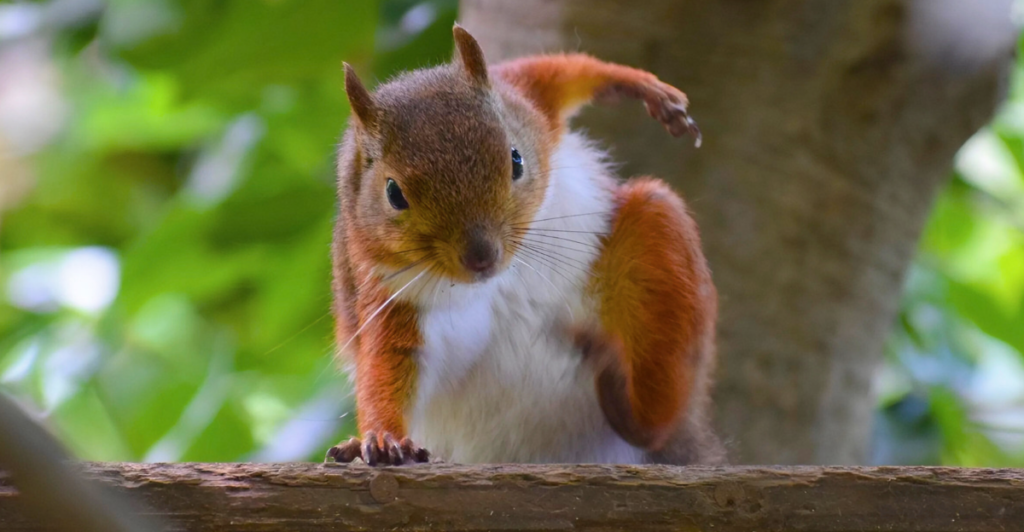
Squirrels might seem like the chatty backyard neighbors of the animal kingdom, darting across fences and leaping from tree to tree. But don’t let their everyday presence fool you—these creatures are brimming with bizarre, brilliant traits that border on the unbelievable.
From secretive strategies that outwit predators to physical abilities that rival gymnasts, squirrels are nature’s underestimated masterminds. Some species boast vibrant fur rivaling tropical birds, while others possess noses so keen they can sniff out food buried beneath a snowbank. Their quirky behaviors and hidden talents prove they’re far more than just furry acorn hoarders.
Get ready to look at squirrels in a completely new light—because once you’ve seen what they’re really capable of, you’ll never call them ordinary again.
Squirrels Use Deception Like Pros
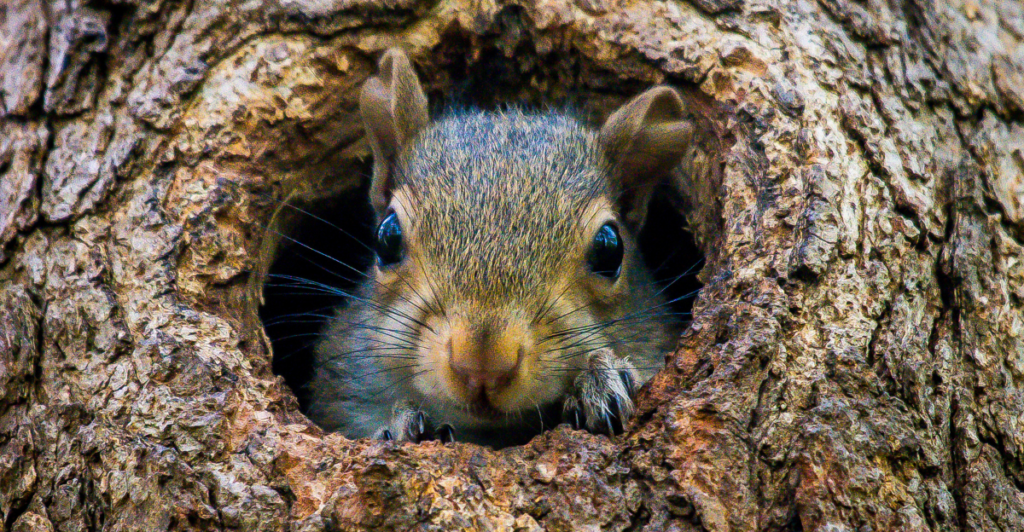
When it comes to food security, squirrels rely on more than just hiding places—they employ misdirection. If they suspect someone is watching, squirrels will stage a fake burial. They’ll dig a hole, go through the motions of hiding a nut, cover it up, and then casually scamper away—nut still firmly tucked in their mouth.
It’s a calculated performance designed to fool other animals, including would-be thieves like crows or rival squirrels. This level of trickery isn’t just survival—it’s strategy. Scientists have documented this kind of behavior frequently, calling it a rare example of tactical deception in non-primates.
It reveals a level of cognitive awareness that sets squirrels apart from other small mammals. In essence, they’re not just surviving—they’re scheming.
Their Tails Help Them Stay Balanced
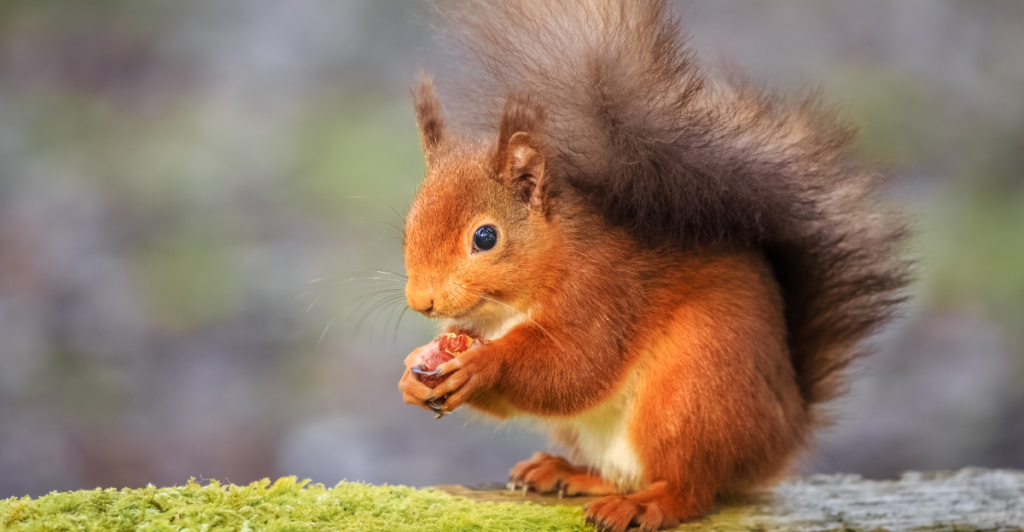
Squirrels leap from branch to branch with fearless ease, rarely slipping, even on wind-whipped twigs. This circus-worthy balance act is made possible by their bushy tails, which function like tightrope walkers’ poles. These tails help them steer mid-air, balance while landing, and even act as stabilizers on narrow perches.
Add to that their ultra-grippy claws and muscular hind legs, and squirrels are engineered for aerial feats. Scientists studying their movements note that squirrels adjust their posture in real-time, calculating angles with incredible speed. It’s no surprise they can descend trees headfirst—something few animals dare to do.
These physical traits give them an edge in both urban jungles and dense forests, where agility often means the difference between life and death.
Squirrels Are Surprisingly Good Swimmers
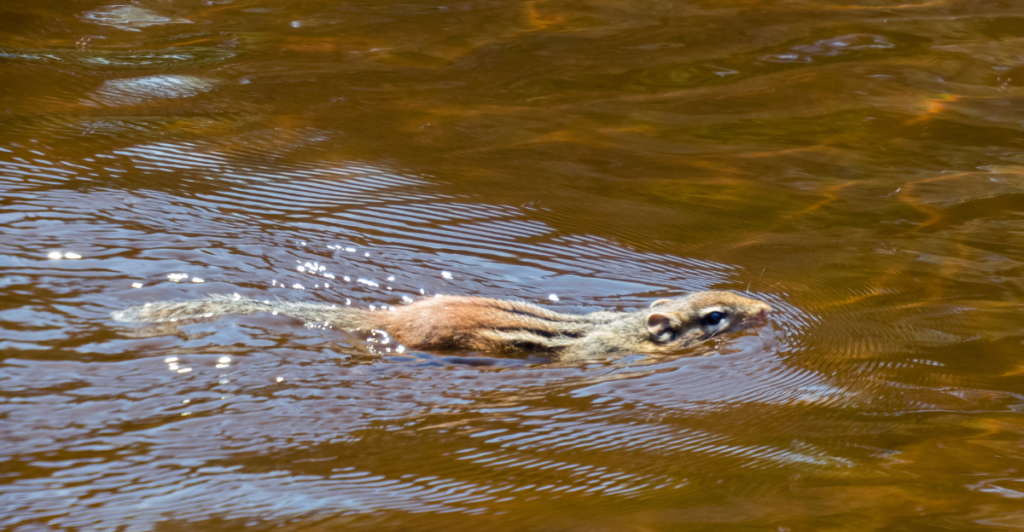
It’s not often you imagine a squirrel paddling through a river, but yes—they swim. Although their strokes might look a bit clumsy, squirrels are surprisingly capable swimmers.
Using a basic dog-paddle technique and keeping their tails elevated like little rudders, they can cross streams and small bodies of water when necessary. This ability helps them escape predators, reach new territory, or scavenge in isolated areas.
While they’re not aquatic creatures by design, their resilience shines through when they take to the water. The tail, again, plays a key role—acting almost like a sail for balance and guidance. Though rare to witness, squirrel swimming is a real and essential part of their survival toolkit.
Power Sense Of Smell
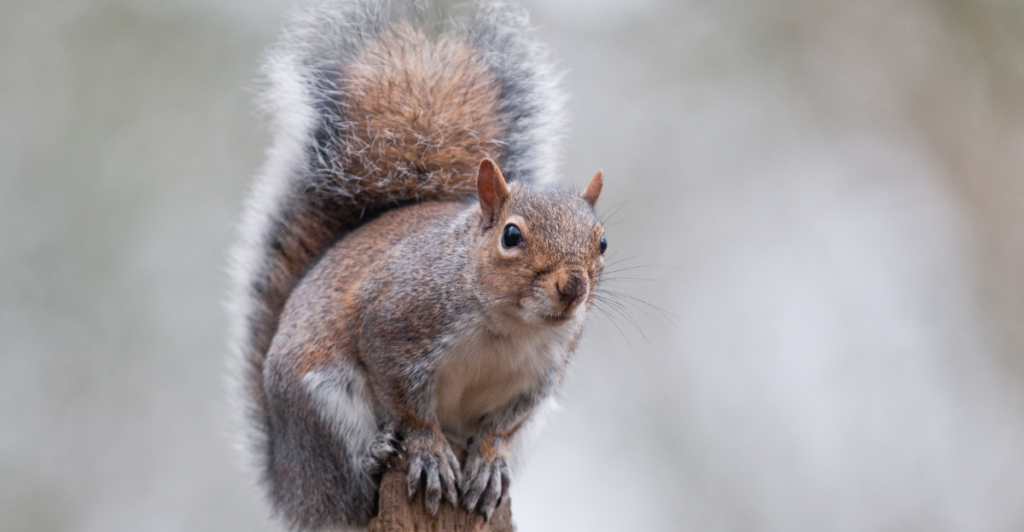
A squirrel’s nose is an astonishing tool, far more powerful than it appears. These tiny sniffers can locate hidden food even beneath layers of snow or deep soil.
In fact, researchers say squirrels can detect buried nuts under up to 30 centimeters (about a foot) of snow. Their memory certainly helps, but scent is their primary guide. What’s more, they can distinguish between different nut species and even identify which ones are rotting.
This ability becomes vital during winter, when a buried stash could mean the difference between survival and starvation. So while squirrels may forget where they left a few snacks, they rely on their noses to recover what truly matters.
Some Squirrels Look Wildly Colorful
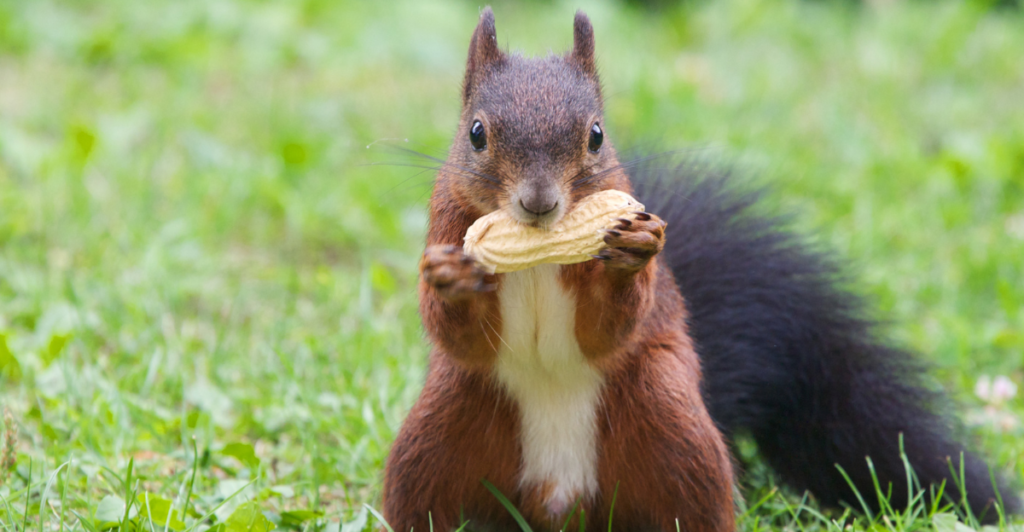
Forget basic gray—squirrels come in a stunning array of colors. The Indian Malabar giant squirrel, for instance, looks like it belongs in a rainforest painting, with bold streaks of red, orange, purple, and black across its fur.
Black squirrels, which are actually a color variant of the Eastern gray squirrel, boast a dramatic look that helps them stay hidden in dense forests or snowy environments. These color adaptations aren’t just for show—they’re camouflage.
Natural selection has shaped squirrel fur to match their habitat and shield them from predators. So while your local tree-dweller might seem plain, the global squirrel wardrobe is as dazzling and diverse as nature itself.
Squirrel Moms Carry Babies in Their Mouths
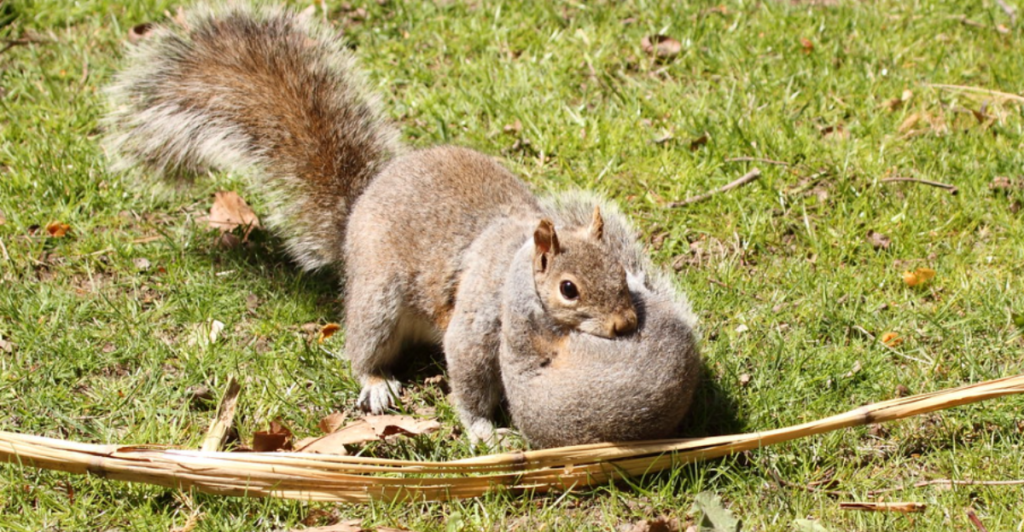
When danger strikes or a nest becomes unsafe, squirrel moms spring into action—literally. They carry each baby, one by one, in their mouths to a new, safer location. It’s an incredible display of maternal instinct and agility.
The babies, called kits, cling tightly and stay calm, trusting mom’s grip during daring relocations across treetops. This isn’t just a one-time deal, either. Mothers may relocate their young multiple times during a season, especially if predators or storms threaten their home.
It’s a reminder that behind every cute squirrel encounter might be a high-stakes rescue mission, carried out with speed, precision, and a whole lot of love.
Their Feet Let Them Climb Almost Anything
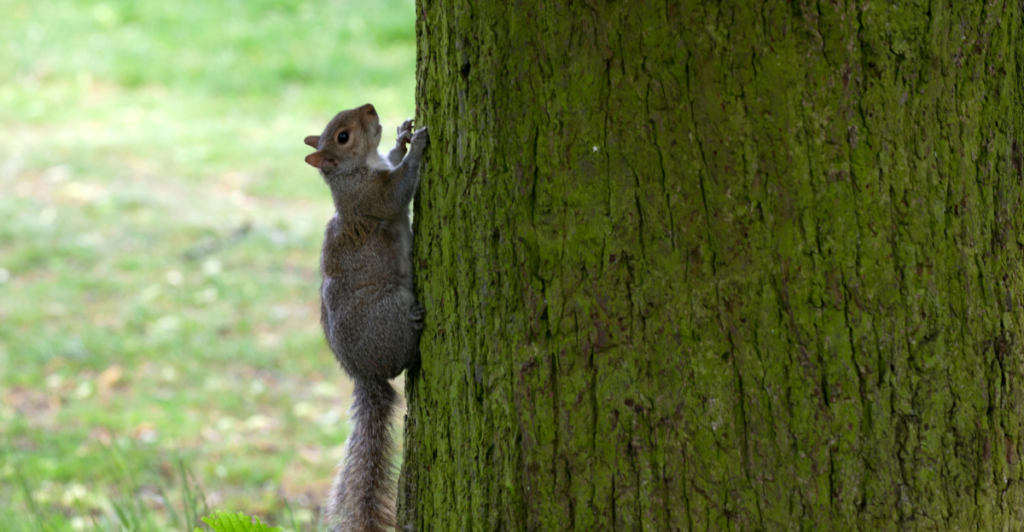
Scaling vertical trees, sprinting along phone wires, and clinging to metal poles—squirrels do it all thanks to their incredible feet. Their soft, spongy footpads combined with sharp, curved claws give them unmatched grip across almost any surface.
Whether they’re navigating icy bark or smooth stone, they stick with ease. Their ankles can also rotate 180 degrees, allowing them to climb down headfirst without tumbling. This anatomical design gives squirrels a kind of all-terrain ability rarely seen in the animal world.
From forests to cityscapes, squirrels are equipped to maneuver nearly anything underfoot. No climbing harness needed—just pure, biological engineering at its best.
They Plant Trees Without Knowing It

Squirrels don’t set out to plant trees, but their forgetfulness benefits the planet. By burying acorns and other nuts in the fall and failing to retrieve them later, squirrels accidentally support forest regeneration.
Many of these buried seeds eventually sprout into trees, making squirrels silent contributors to reforestation. Ecologists often credit them with shaping the landscape over generations. Their constant caching ensures that forests remain diverse and resilient, especially in regions affected by logging or climate change.
So next time you see a squirrel digging furiously in the ground, know that it might be planting tomorrow’s oak without even realizing it.
They Can Hear Danger Coming
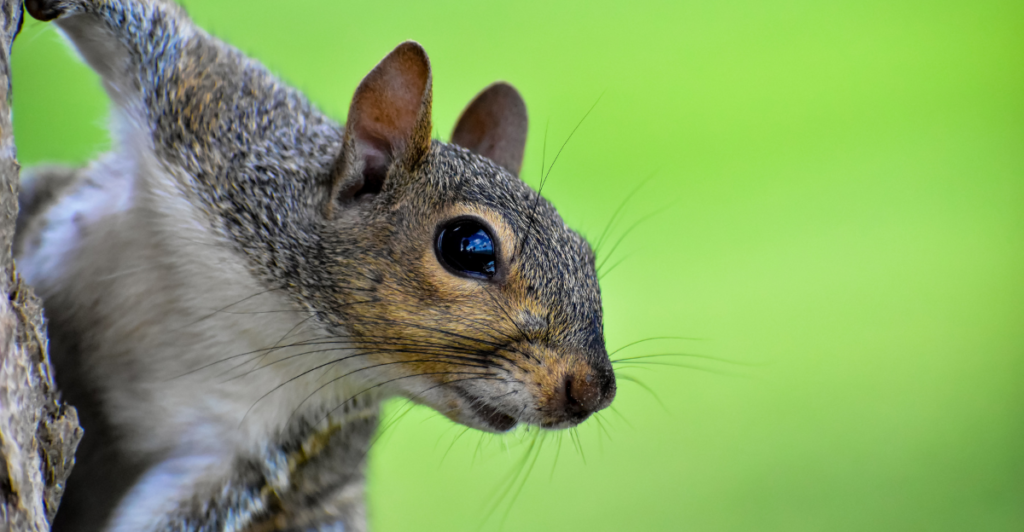
A squirrel’s ears are more than just cute—they’re precision tools. Capable of picking up the faintest rustles of a predator or the honk of an approaching car, squirrels have adapted to both wild and urban noise.
In cities, they’ve learned to recognize the sound patterns of traffic and alarms, adjusting their behavior to avoid danger. In forests, a snap of a twig can send them bolting to safety. Their keen auditory sense allows them to stay one step ahead in chaotic environments.
Whether dodging a hawk or navigating a construction zone, squirrels rely on their ears like radar dishes—constantly scanning for threats, opportunities, or even just the sound of a rival rustling through leaves.
Spring Mornings Belong to the Squirrels
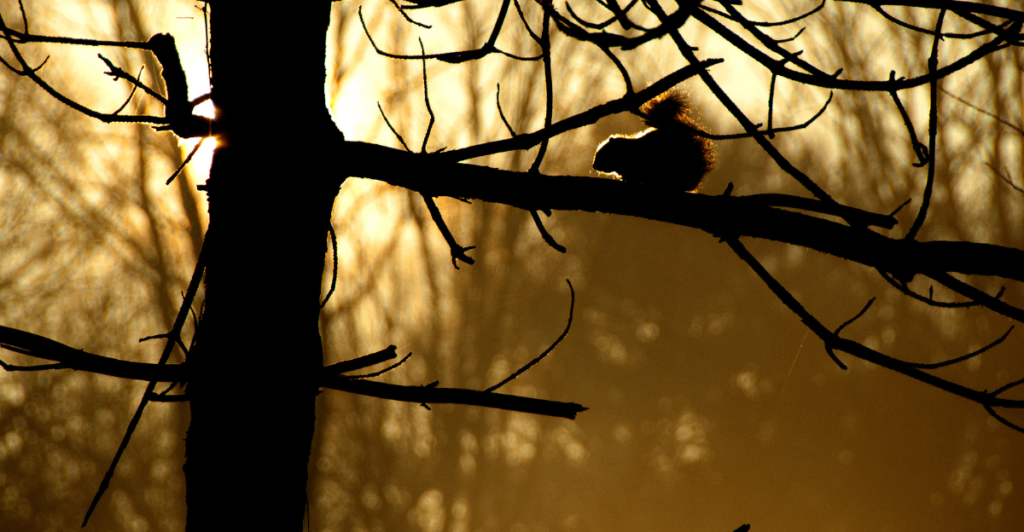
As winter loosens its grip, squirrels are among the first to rise with the early spring sun. These creatures know that timing is everything—especially when tree buds and fresh sap are only briefly in peak condition.
While most wildlife is still yawning into the season, squirrels are already out feasting on nutrient-rich springtime treats. Their early-bird habits ensure they get the best picks before competition arrives. Scientists have observed this morning behavior closely, noting how squirrels make rounds across favored trees with the efficiency of seasoned foragers.
It’s not just breakfast—it’s a well-executed routine that fuels them for the energetic months ahead. Spring may be the season of renewal, but for squirrels, it’s also the season of strategy.
Explore more of our trending stories and hit Follow to keep them coming to your feed!

Don’t miss out on more stories like this! Hit the Follow button at the top of this article to stay updated with the latest news. Share your thoughts in the comments—we’d love to hear from you!







